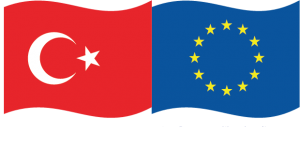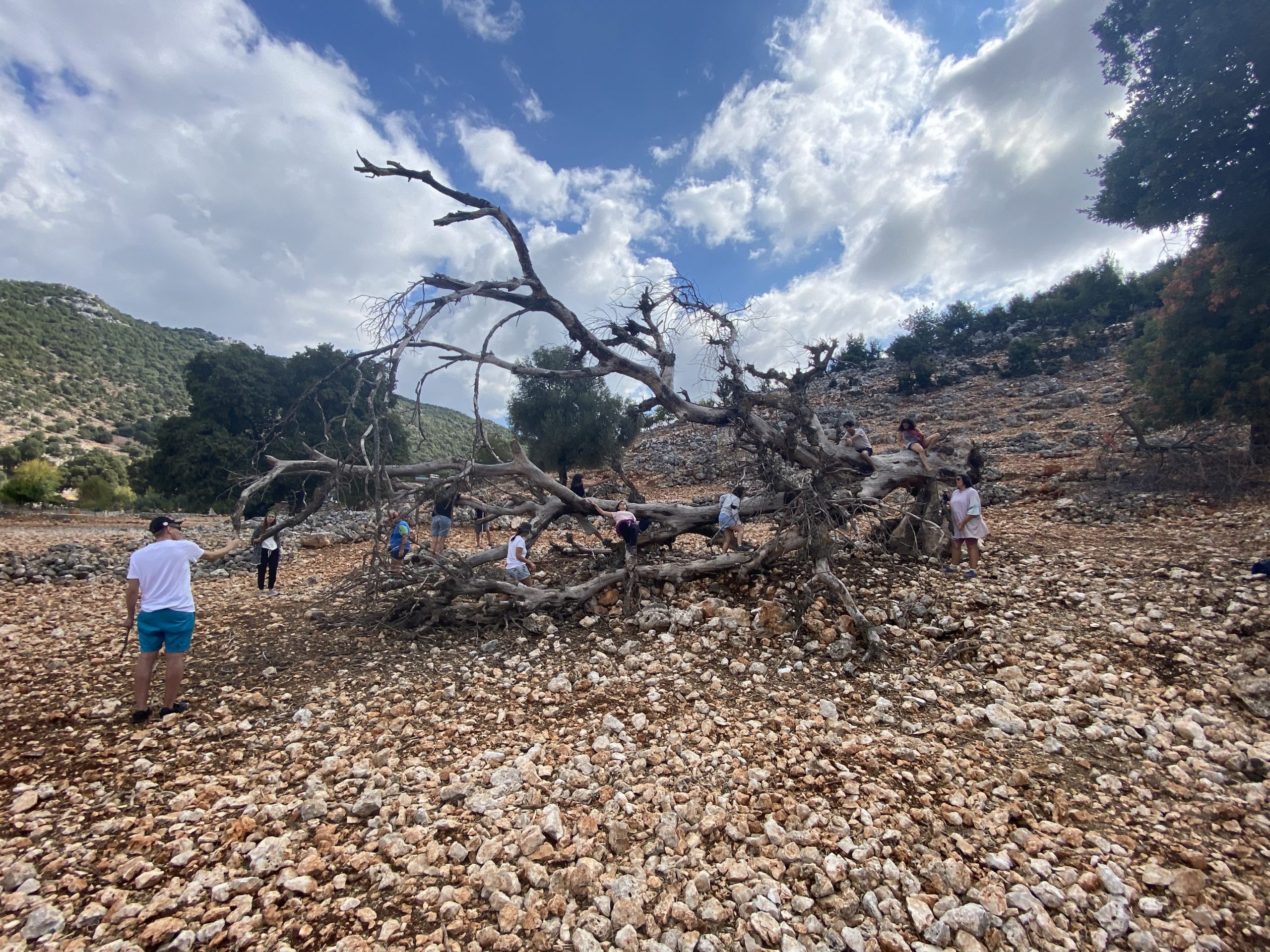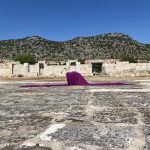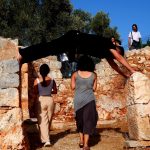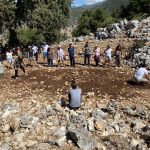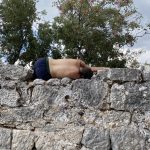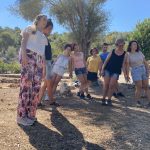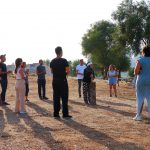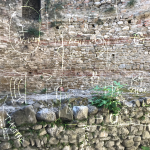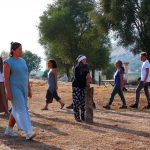Workshops and performance event in Demre
The first edition of ‘Workshops and Performance Event Series’ of the Performative Journey action took place in the district of Demre, Antalya (Turkey) between 15.09.2021 and 19.09.2021.
Three performance artists who were accompanied by a sound engineer, conducted a 4 day workshop at the Lycian Civilisations Museum and Belören, a nearby village with archaeological remains. The participants, who applied through an online call opened in August 2021, included two local artists, a musician, two dancers, a cultural manager, a historian, an architect, a photographer, a philologist and several inhabitants from nearby regions of Çayağzı and Kapaklı.
The main location of the workshops was the Lycian Civilisations Museum with the ancient site of Andriake within the museum space. This site was chosen during the field visits in July 2021 based on its historical importance as well as its unique location right next to a bird sanctuary and a protected beach, which is home to sea turtles of the Mediterranean. Therefore, it provided a perfect stage for the workshops and the performance event on the final day of this five days journey.
On the first day of the workshops, the key artists team guided the participants, through several collective exercises, to make an introduction and comprehend the multi-dimensionality of this special site. These exercises had a wide variety and included; bodily movements like silent and peripheral walks, moving activities integrated with what is around the environment, etc.; or conceptual and cognitive ones, such as meditative practices, expressive and creative thinking actions by using objects and artifacts from the surroundings.
In the evening, the participants met some of the local people at a dinner at Kapaklı village. This gave them an opportunity to have an interaction between each other and already start working on some ideas for the joint performances. The workshops continued on the second day at Belören/Muskar area, which has a modern village as well as many archaeological buildings and monuments scattered along the outskirts of a big hill right above the village. The villagers from the region had been asked to participate the entire workshop period, however, this was not possible as they were busy with their seasonal farming works, which mostly require full-time attention during the day. Therefore, they could only attend one day of the workshops and the performance event day at the end of the week. Consequently, on this day spent at Belören, three families from the local villages joined the group and shared their stories, traditions and tools with the participants.
Since the local culture and traditions form an important part of the regional heritage, the involvement of local people was crucial and contributed to the content of the workshops and the final event. Initially, the facilitators used some warm-up exercises to create a connection between the participants and the natural heritage around them; oak trees in particular. And then the villagers were asked to share their stories and games from their childhood, as well as local songs and tools they use in their daily lives. For instance, a local village woman, while singing at the same time, showed the group how they make sour yoghurt by using a traditional wooden container and pestle. This was the moment when the collective performance work was extemporarily developed. The group gathered around her and spontaneously accompanied her song and the pestle sound, by creating a rhythm with the stones in their hands.
On the same day, a soundscape installation work was also introduced to the group. A sound engineer, who participated the field visits in summer, had collected different sounds of the area. He combined bird sounds with that of modern machines that are used to dig graves, and played this audio track inside a Lycian sarcophagus on the hills of Belören. Another soundscape was later performed inside a cistern at the Lycian Civilisations Museum. Such sound installations placed into tangible cultural heritage of the location have added an innovative and profound layer to the understanding of the site.
In the following two days, the workshops carried on at the museum via several other group and individual exercises. The main aim of these was to help the participants have closer connections between their bodies/senses and the space/landscape. They were also asked, through daily homework each day, to specify and narrate a story they want to share with the audience during the final event. Finally, everyone had an idea for their performative action and used the last workshop day for consultation with the key artists and rehearsals as a group.
When the final performance event day arrived, all the participants were full of both excitement and nervousness; yet evidently eager to show their work to the audience, which included more than 80 people coming from vicinal towns and villages, as well as from other cities and even countries. The performance event started with a brief introduction by the project coordinators, who invited the spectators to join this ‘performance art tour’ and walk through each of the 16 performative actions. At the end of the event, the audience were asked to take part in a survey and share feedback about their experience of the entire journey. The results of the survey will be compiled and analysed and eventually contribute to the methodology handbook, which will ideally allow similar performative actions to progress and repeat along the Via Eurasia, or any other cultural route.
Photo credits: Volkan Tamusta
